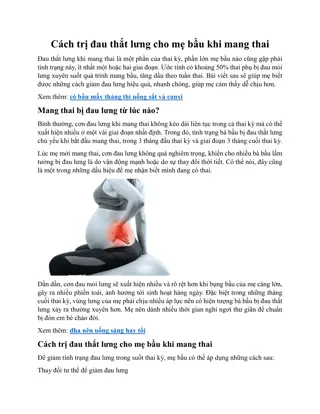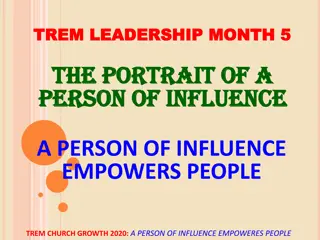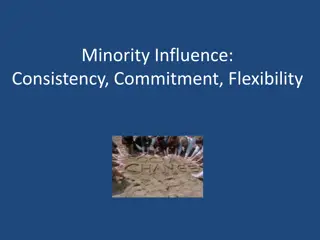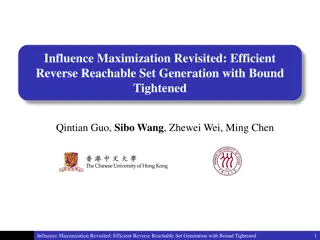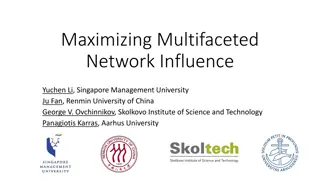
Training Influences: Globalization, Economic Conditions, and Demographics
Explore the forces that influence training, including globalization's impact on cultural competence, the role of training in economic conditions, and the challenges posed by changing demographics and diversity in the workforce. Learn about acquiring intangible assets through training and how to effectively manage a diverse workforce. Additionally, discover the importance of customer service and quality standards in the competitive business landscape.
Download Presentation

Please find below an Image/Link to download the presentation.
The content on the website is provided AS IS for your information and personal use only. It may not be sold, licensed, or shared on other websites without obtaining consent from the author. If you encounter any issues during the download, it is possible that the publisher has removed the file from their server.
You are allowed to download the files provided on this website for personal or commercial use, subject to the condition that they are used lawfully. All files are the property of their respective owners.
The content on the website is provided AS IS for your information and personal use only. It may not be sold, licensed, or shared on other websites without obtaining consent from the author.
E N D
Presentation Transcript
Globalization Global companies compete to attract and retain talented employees. Managers need specialized training to develop the cultural competence required to work with expatriates and immigrants from other countries. Expatriates and immigrants also need cross-cultural training.
When the unemployment rate is low, finding skilled employees and retaining high- performers can be difficult. Economic Conditions Regardless of economic conditions, training can positively contribute to a company s performance by equipping employees with the KSAOs needed for current and future demands.
Intangible assets can be acquired through T&D. Human capital is the sum of employees KSAOs, experiences, inventiveness, and enthusiasm. Intellectual capital is the codified knowledge that exists in a company. Social capital refers to relationships in a company. Customer capital refers to the value of relationships with entities outside a company. Intangible Assets
The U.S. workforce is becoming older and more culturally diverse, which creates obstacles to: Providing a fair workplace, Accommodating the needs of different groups, and Managing non-traditional career development. Changing Demographics and Diversity
To effectively manage a diverse workforce, managers and employees must be trained to: Communicate with people of different ages, ethnicities, educational backgrounds, physical abilities, and other individual differences, Provide constructive feedback that is free of bias, and Create a work environment that supports all employees. Changing Demographics and Diversity
Customer Service and Quality Standards Increased competition and access to information has increased customers expectations. Total Quality Management (TQM) is a companywide effort to continuously improve the ways people,machines, and systems accomplish work. The ISO 9000 quality standards address what a company needs to do to meet regulatory and quality requirements and improve customer satisfaction. Six Sigma is a data-driven approach to improving the quality of output by removing errors and minimizing variability in business processes. Lean thinking is a way to do more with less effort, equipment, space, and time.
Learning technologies are becoming more popular and less expensive. Advances in technology enable training to be more realistic, to provide feedback, and to occur when and where employees want. New Technology Despite the benefits of incorporating social media in T&D systems, some companies fear it could reduce productivity and increase interpersonal conflicts.
Use of Non-Traditional Employment More companies are participating in the gig economy and employing non-traditional employees. Training should be specific, on demand, delivered in small chunks, and specifically focused on their job. Independent Contractors On-Call Workers Freelancers Temporary Workers Contract Workers
Company size Roles and responsibilities Leadership support Organizational Attributes that Affect T&D Employee participation Business units and conditions Other HRM practices Unions








